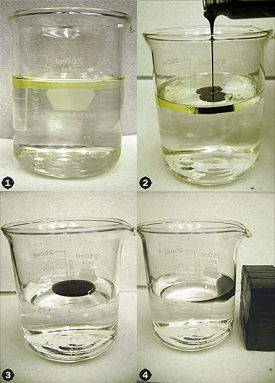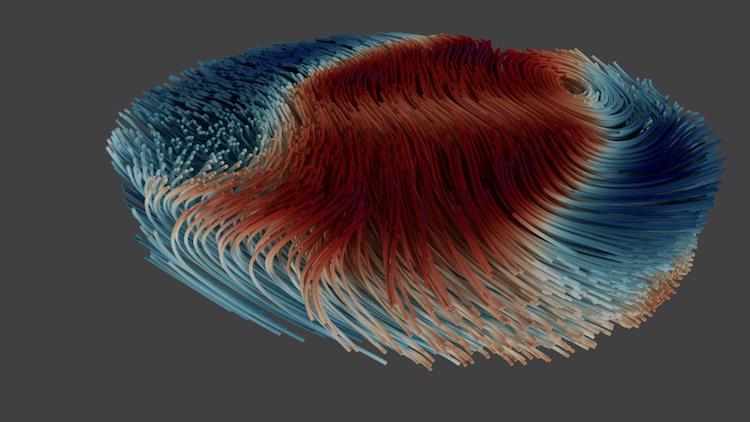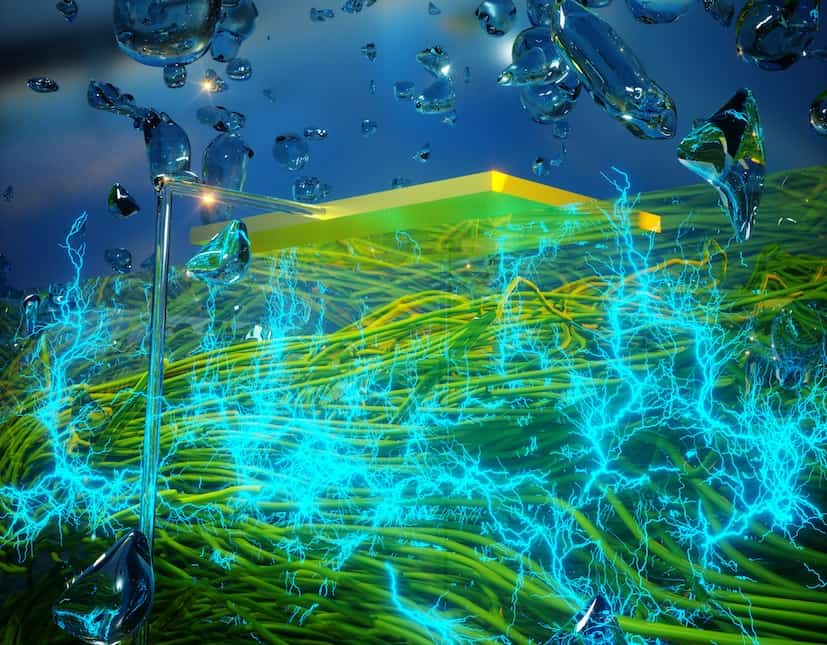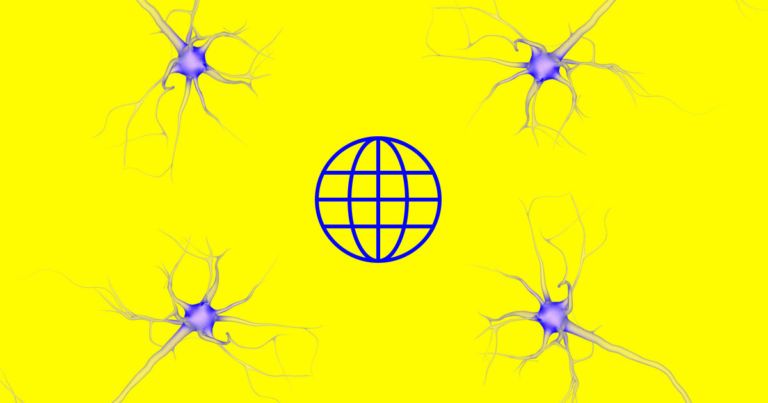Archive for the ‘nanotechnology’ category: Page 204
Mar 19, 2020
The imitation game: Scientists describe and emulate new quantum state of entangled photons
Posted by Quinn Sena in categories: computing, engineering, information science, nanotechnology, quantum physics
:oooo.
A research team from ITMO University, with the help of colleagues from MIPT (Russia) and Politecnico di Torino (Italy), has predicted a novel type of topological quantum state of two photons. Scientists have also applied a new, affordable experimental method for testing this prediction. The method relies on an analogy: Instead of expensive experiments with quantum systems of two or more entangled photons, the researchers have used resonant electric circuits of higher dimensionality described by similar equations. The obtained results can be useful for the engineering of optical chips and quantum computers without the need for expensive experiments. The research was published in Nature Communications.
Light plays a key role in modern information technologies: With its help, information is transmitted over large distances via optical fibers. In the future, scientists anticipate the invention of optical chips and computers that process information with the help of photons—light quanta—instead of electrons, as it is done today. This will decrease energy consumption, while also increasing the capabilities of computers. However, to turn these predictions into reality, fundamental and applied research of light behavior at the micro- and nanoscale is needed.
You’ve probably seen some of the cool things magnets can do. Place one near a paper clip, and the clip zooms across the table toward the magnet. Hold one magnet near another, and the second one mysteriously darts in the opposite direction. If you didn’t know about science, magnet tricks might seem like magic tricks.
Now, scientists have discovered another magnetic trick. By mixing unbelievably small magnets with oil, bigger magnets can be used to move the oily globs around. The trick isn’t just cool to watch. Some day, the technique could help clean up messy oil spills in the sea mistakenly dumped by ships.
Researchers at Carnegie Mellon University in Pittsburgh make teeny tiny magnets out of two metals: iron and cobalt. Unlike the palm-sized magnets you may have played with in school, these magnets are measured in nanometers. One nanometer equals one-billionth of a meter. That may be hard to picture, so think of this: A human hair is about 80,000 nanometers wide.(Read this story to learn more.)
Mar 13, 2020
Invisible plastics in water
Posted by Saúl Morales Rodriguéz in categories: engineering, nanotechnology, particle physics
A Washington State University research team has found that nanoscale particles of the most commonly used plastics tend to move through the water supply, especially in fresh water, or settle out in wastewater treatment plants, where they end up as sludge, in landfills, and often as fertilizer.
Neither scenario is good.
“We are drinking lots of plastics,” said Indranil Chowdhury, an assistant professor in WSU’s Department of Civil and Environmental Engineering, who led the research. “We are drinking almost a few grams of plastics every month or so. That is concerning because you don’t know what will happen after 20 years.”
New imaging technique can visualize the dynamics of magnetic structures in three dimensions for the first time.
Mar 10, 2020
Nanowire device generates electricity from ambient humidity
Posted by Saúl Morales Rodriguéz in category: nanotechnology
Non-polluting, low-cost device generates electrical current from the water vapour naturally present in the atmosphere.
Mar 6, 2020
Israeli startup says its nanotech masks and robes may block coronavirus
Posted by Omuterema Akhahenda in categories: biotech/medical, nanotechnology

Sonovia’s textiles are resistant to bacteria and fungus; firm hopes its tech will also work against viruses; has sent samples for testing to China.
Feb 26, 2020
Artificial and Biological Neurons Just Talked Over the Internet
Posted by Genevieve Klien in categories: biotech/medical, cyborgs, internet, nanotechnology, robotics/AI
For now, it’s a simple network. But, it could be an important first step toward smarter and more adaptive prosthetics and brain-computer interfaces — and potentially lay the groundwork for a world where neural implants create real brain networks.
“On one side it sets the basis for a novel scenario that was never encountered during natural evolution, where biological and artificial neurons are linked together and communicate across global networks; laying the foundations for the Internet of Neuro-electronics,” Themis Prodromakis, a nanotechnology researcher and director at the University of Southampton’s Centre for Electronics Frontiers said in a press release.
“On the other hand, it brings new prospects to neuroprosthetic technologies, paving the way towards research into replacing dysfunctional parts of the brain with AI chips.”
Feb 24, 2020
We are nearing ‘longevity escape velocity’ — where science can extend your life for more than a year for every year you are alive
Posted by Paul Battista in categories: biotech/medical, life extension, nanotechnology, robotics/AI, science
“The possibility that 100 years old might become the new 60” : EXCELLENT SLOGAN that doesn’t resort to the troublesome” I word” (“Immortality”)! Good article to share with non-science friends: light on hard science, but good emotional impact, incl. that catchy slogan.
Technology hasn’t just improved our lives; it’s also extended them — considerably.
For most of history, humans lived about 25 years. Real acceleration emerged at the turn of the 20th century, when everything from the creation of antibiotics to the implementation of better sanitation to the increased availability of clean water, and the ability to tackle killers like cancer and heart disease has us living routinely into our 80s. But many scientists believe we’re not stopping there.
Feb 24, 2020
Scientists Demonstrate Success of a Possible ‘EpiPen’ to Prevent Paralysis From Spinal Cord Injuries
Posted by Kelvin Dafiaghor in category: nanotechnology
University of Michigan scientists demonstrate success for possible EpiPen that uses nanoparticles to prevent paralysis after spinal cord injuries.
















